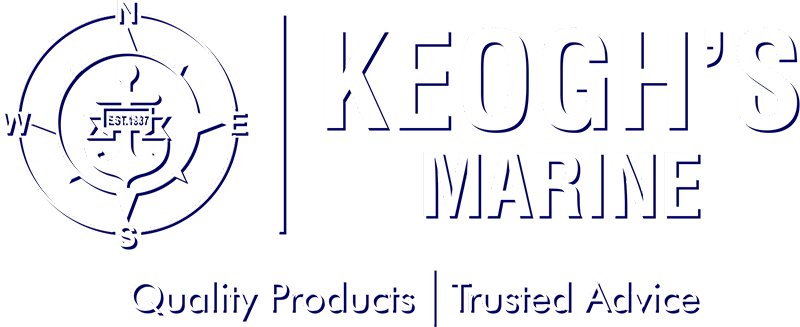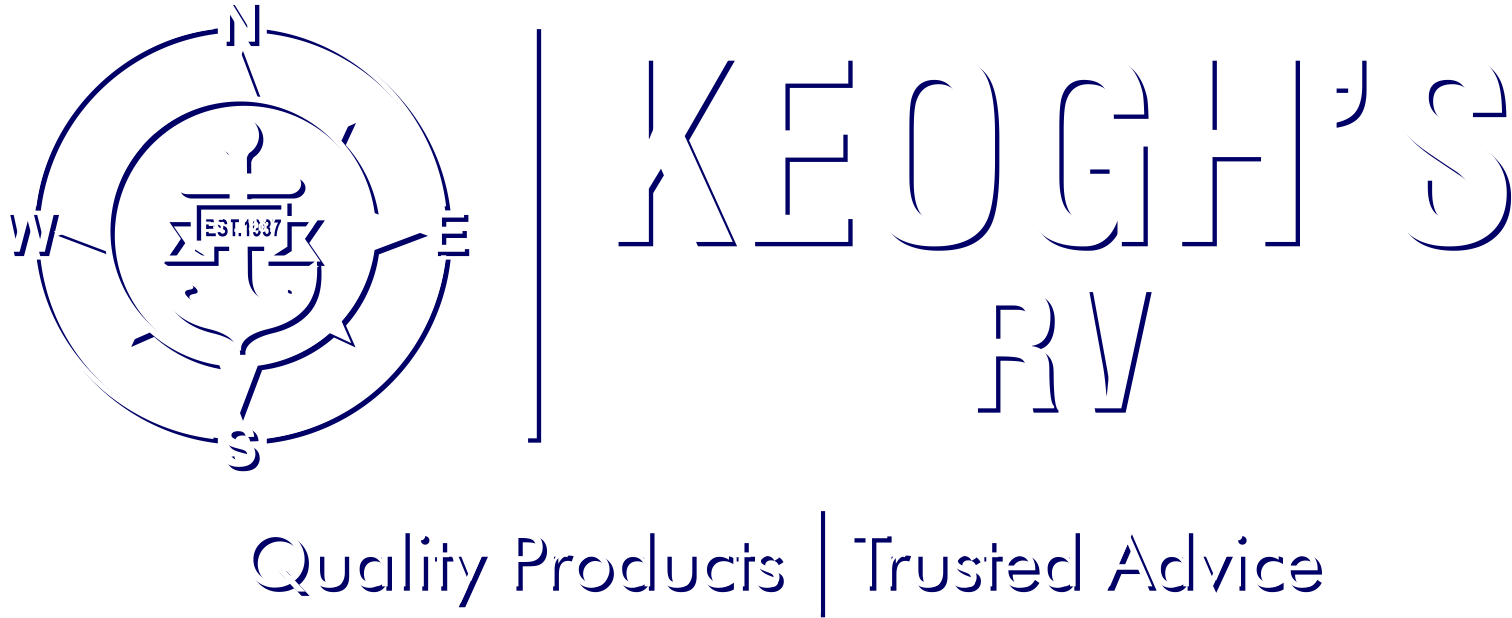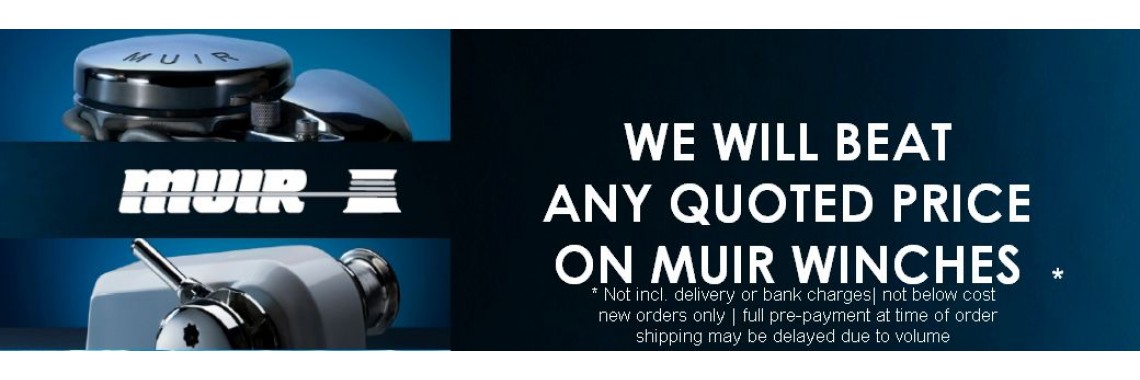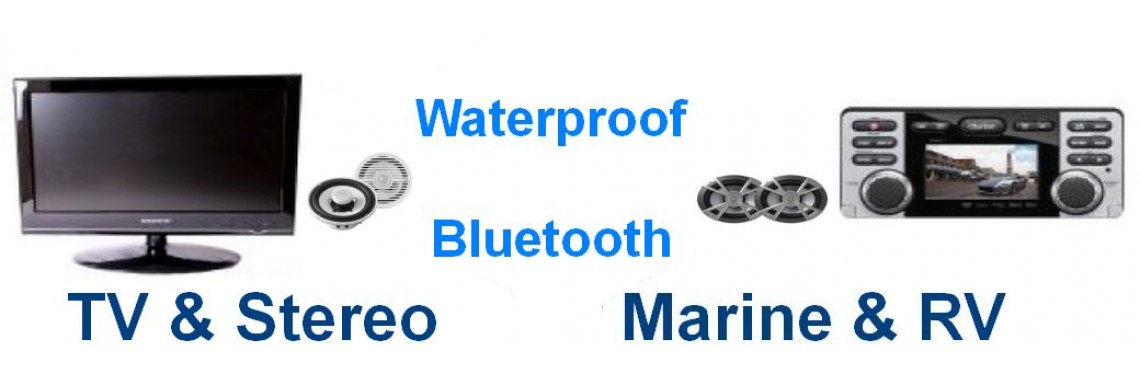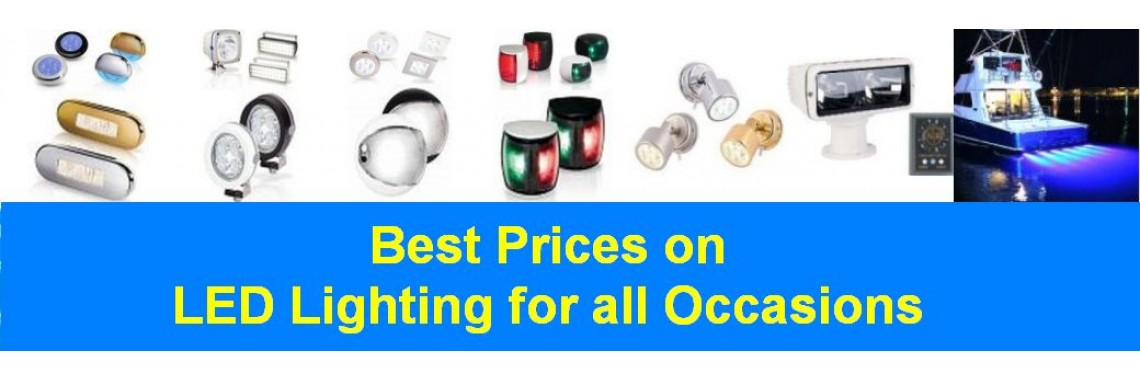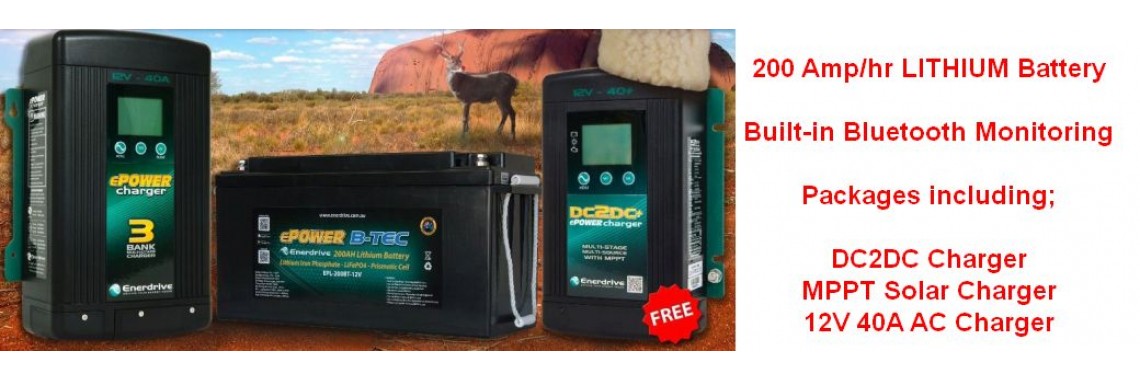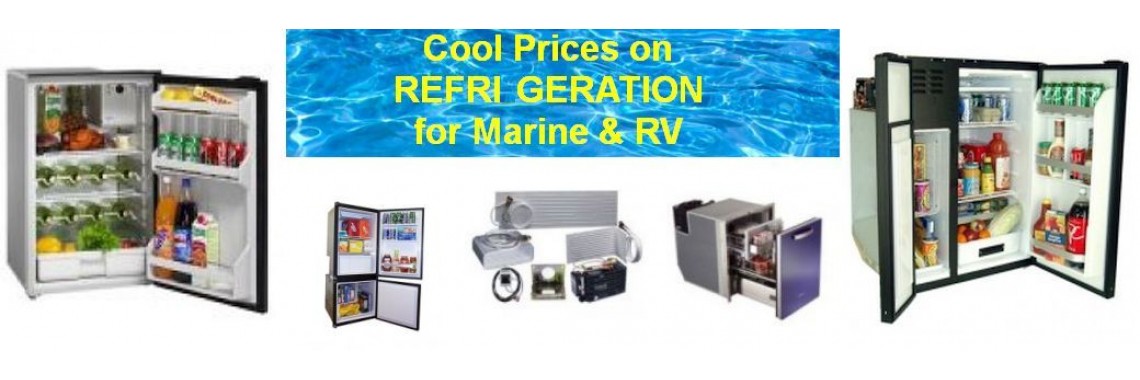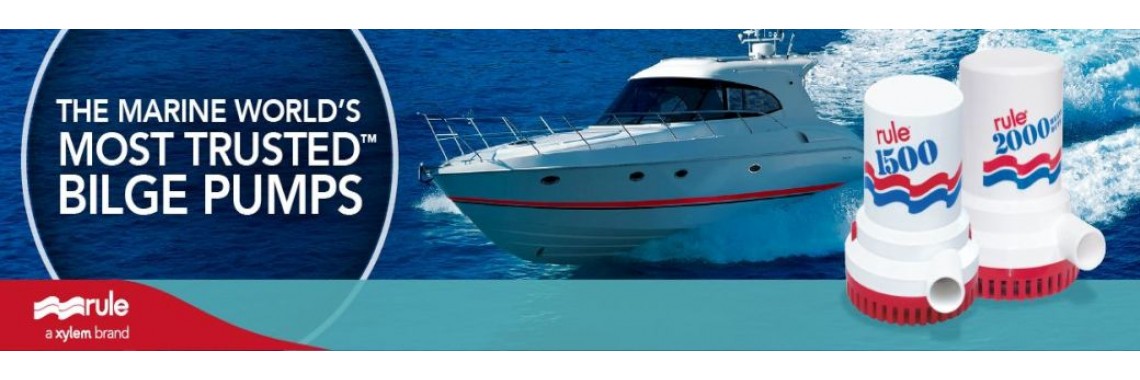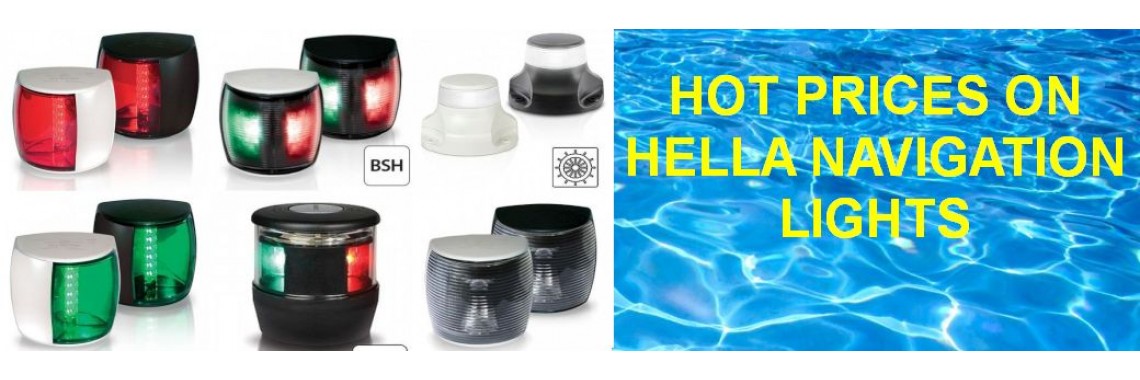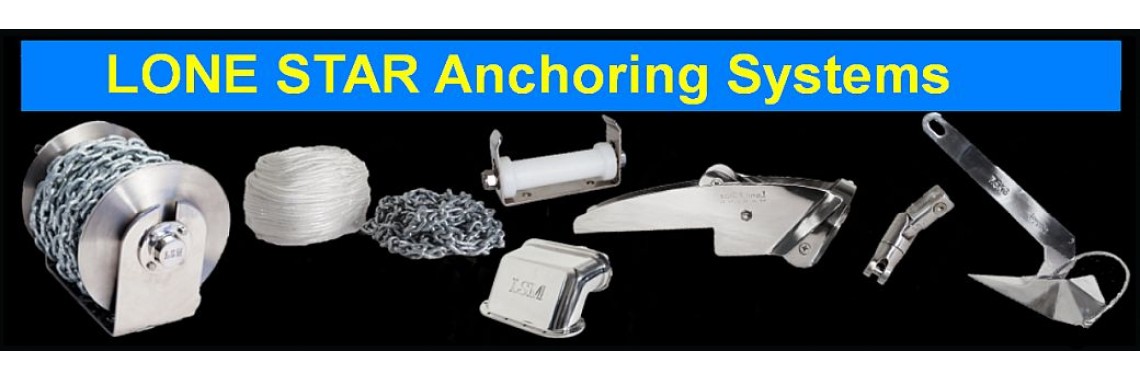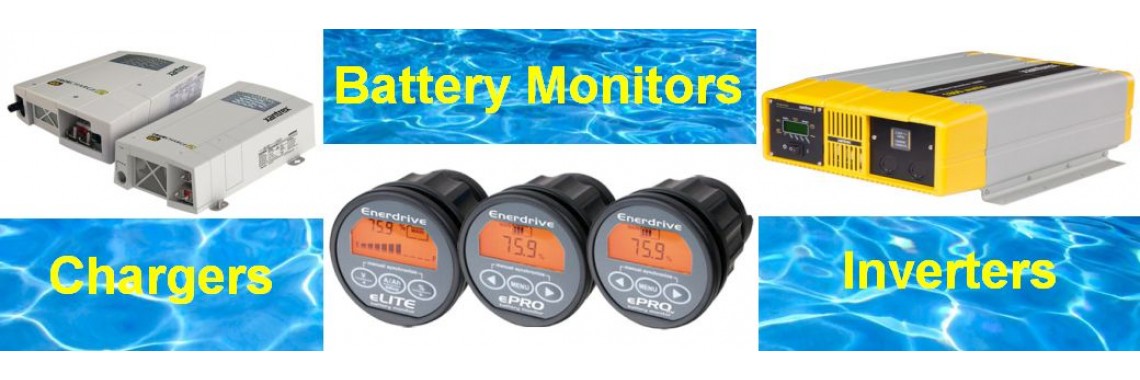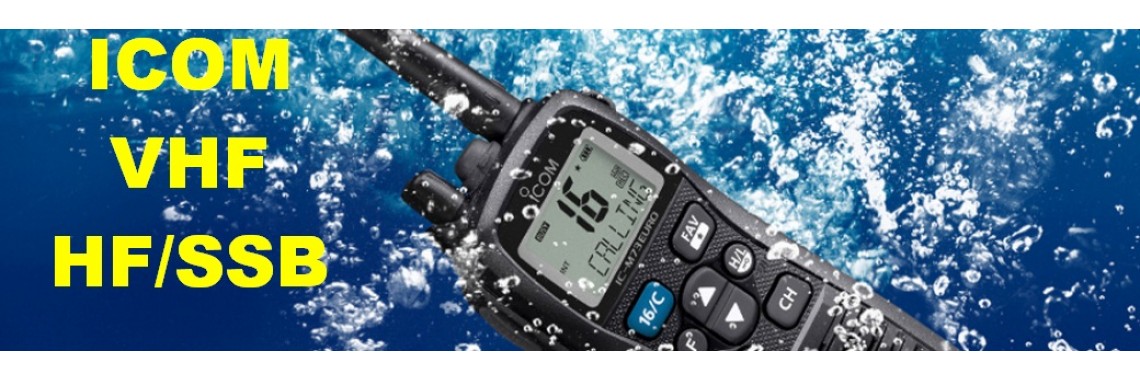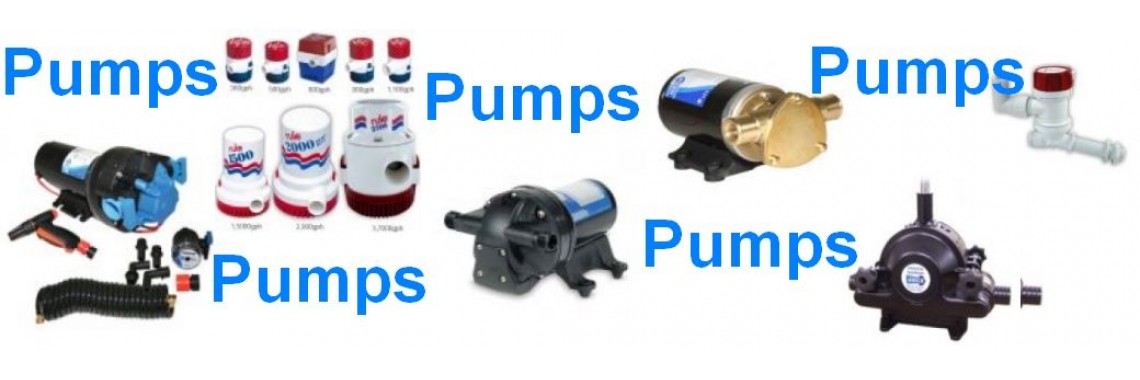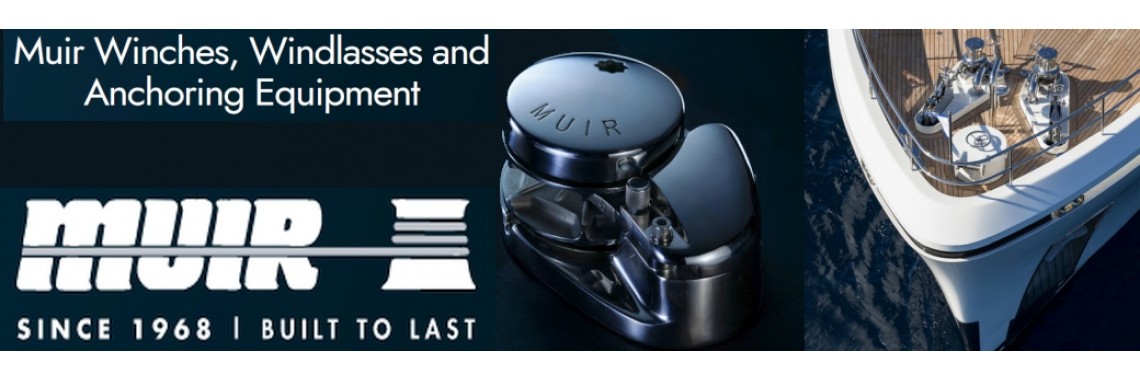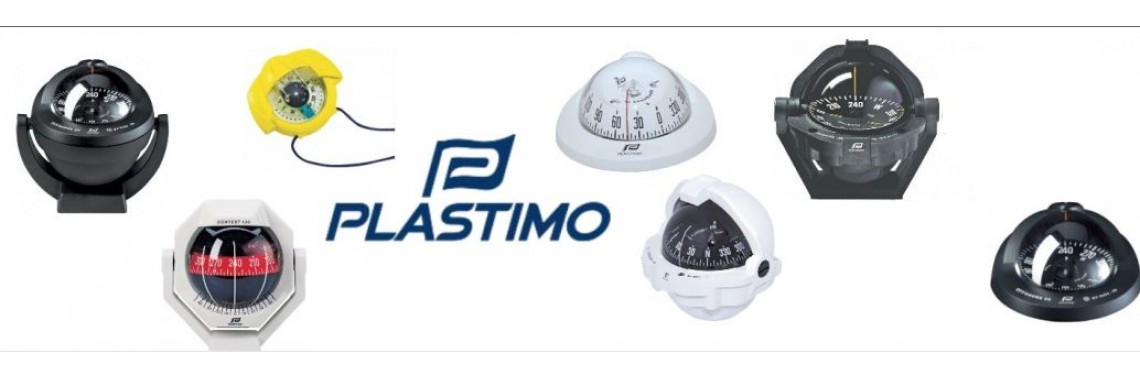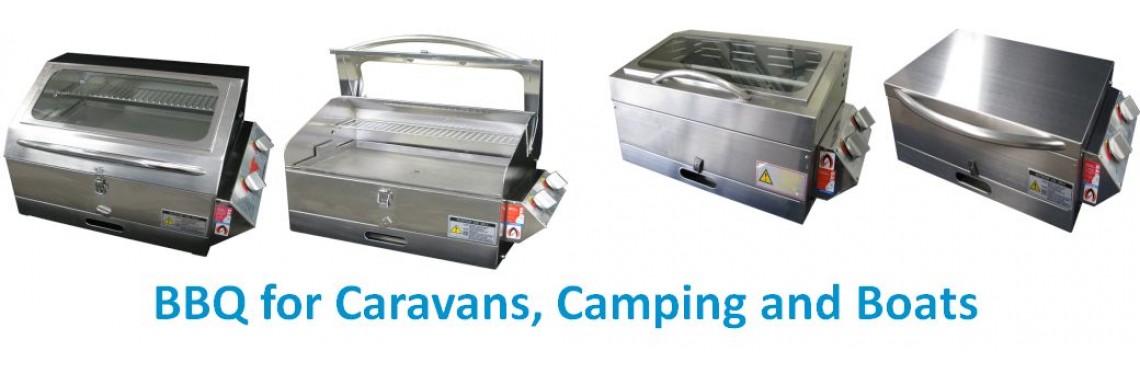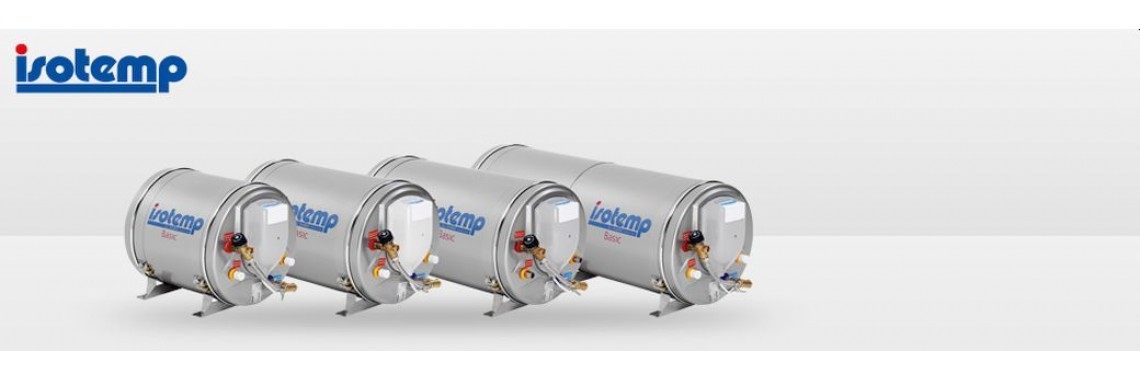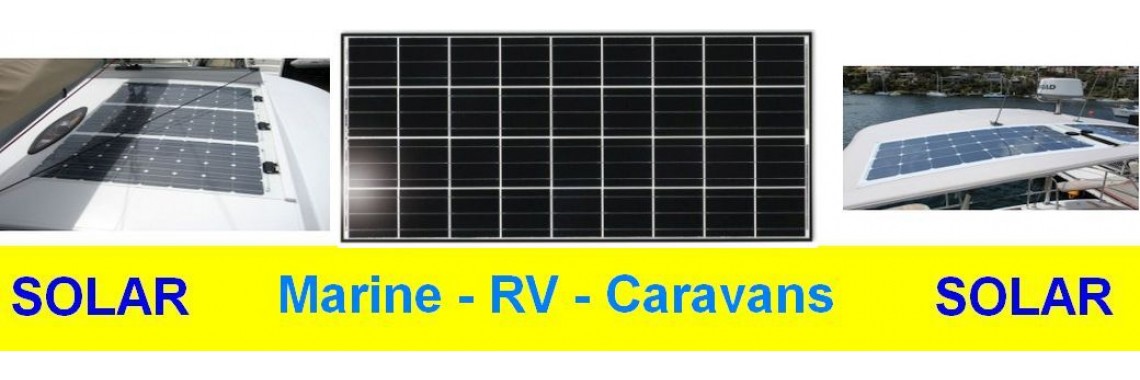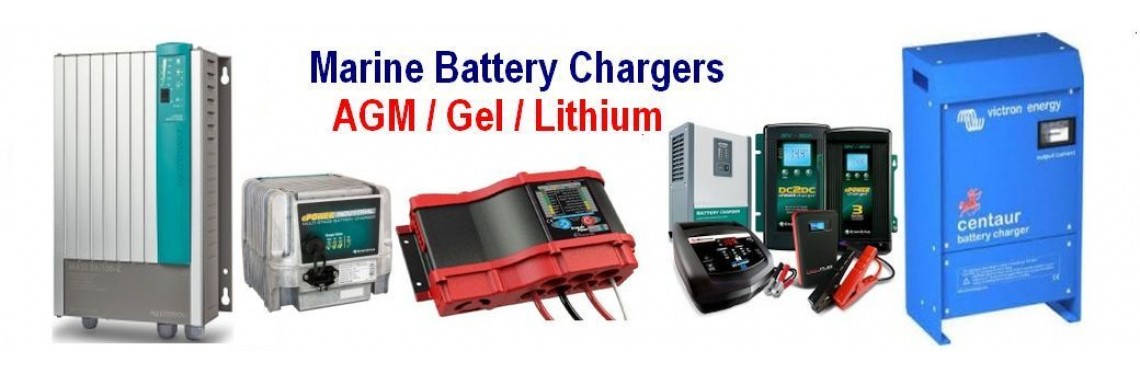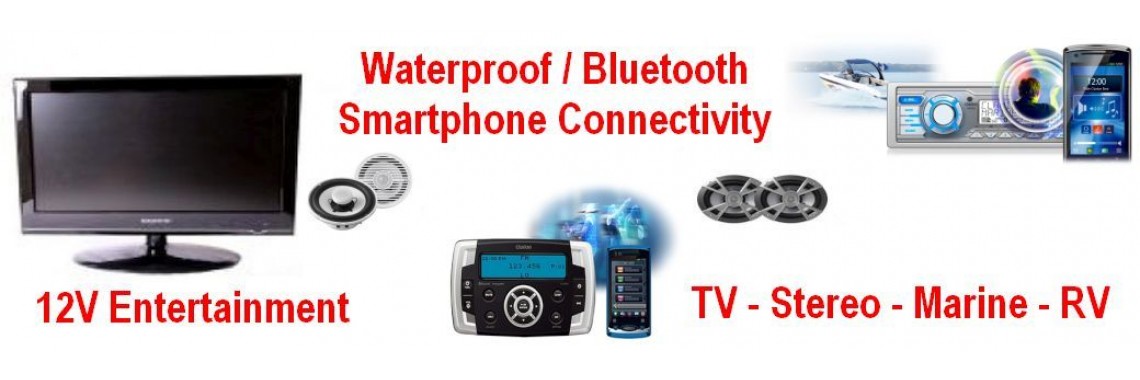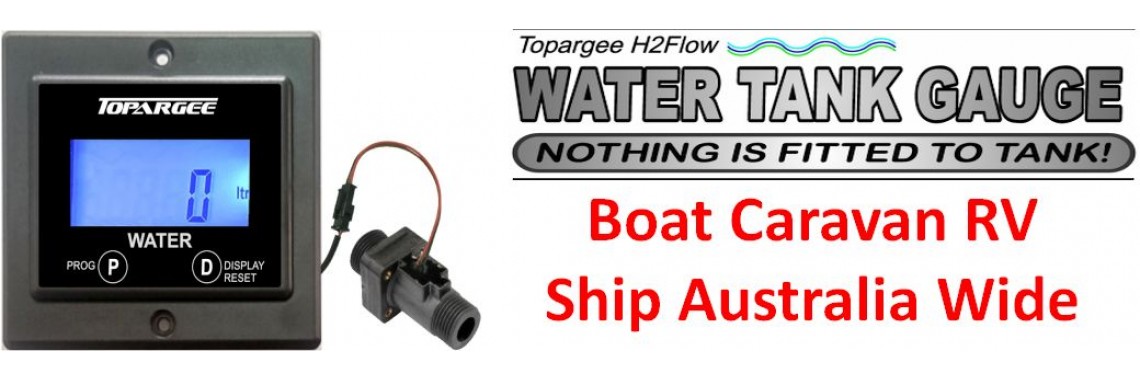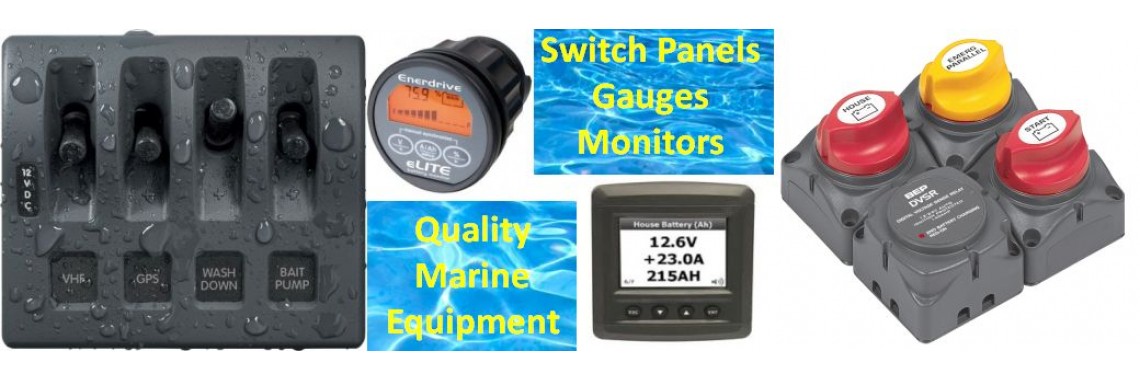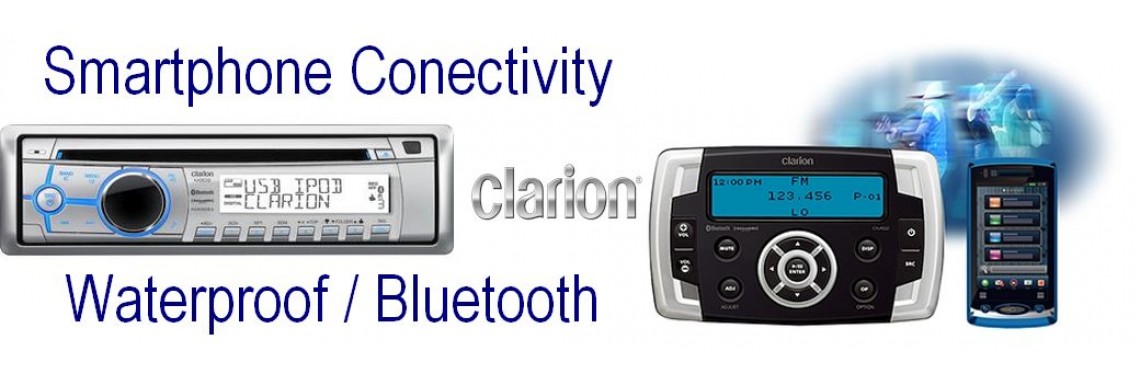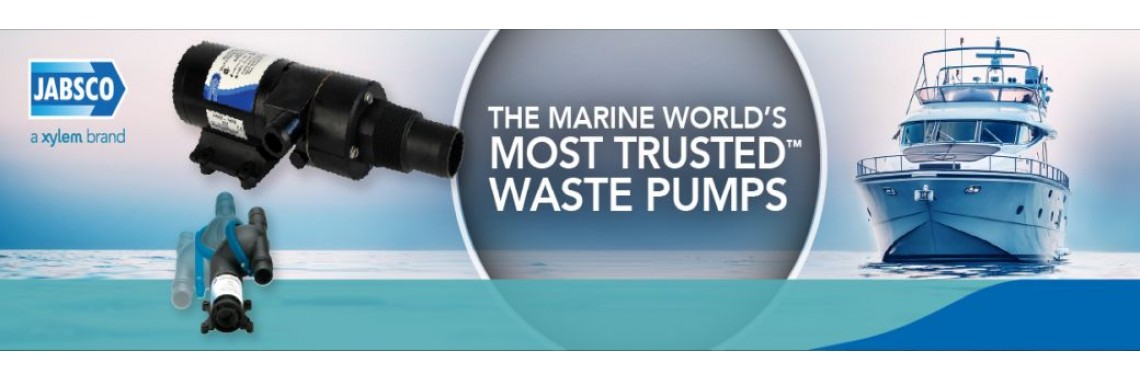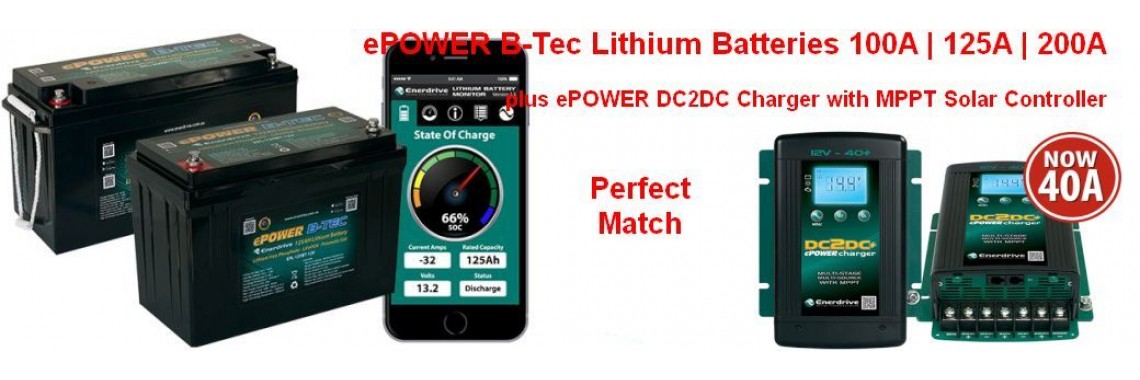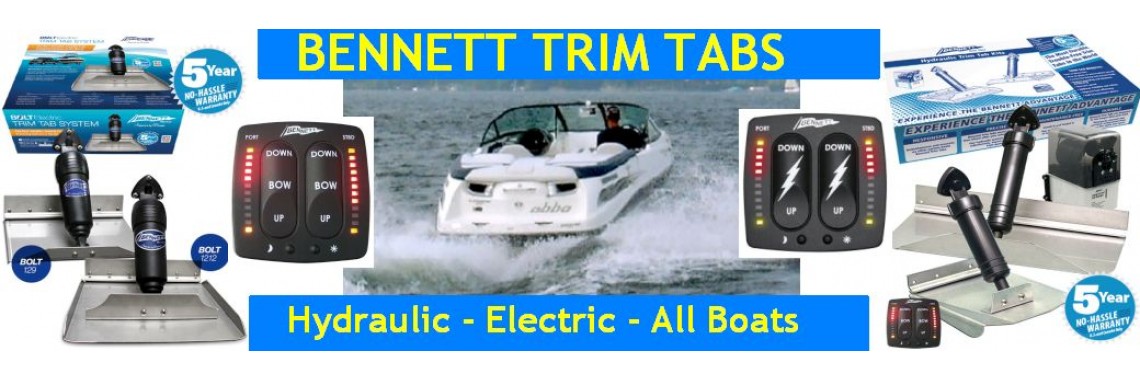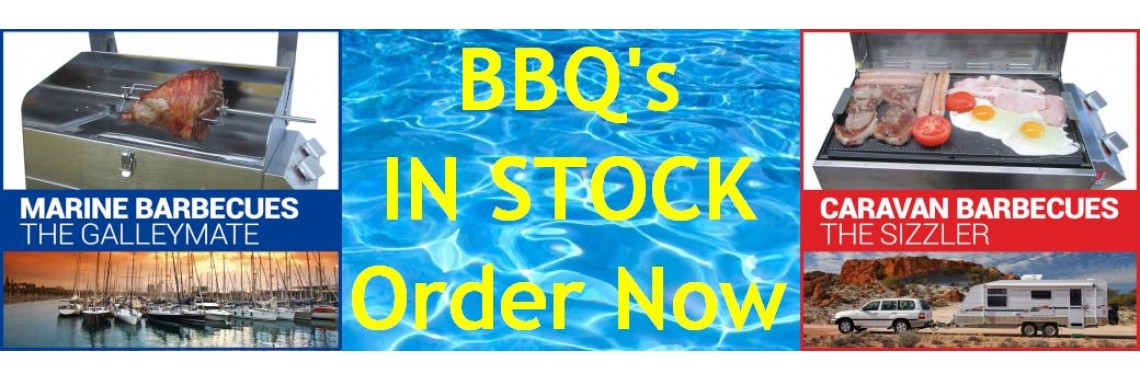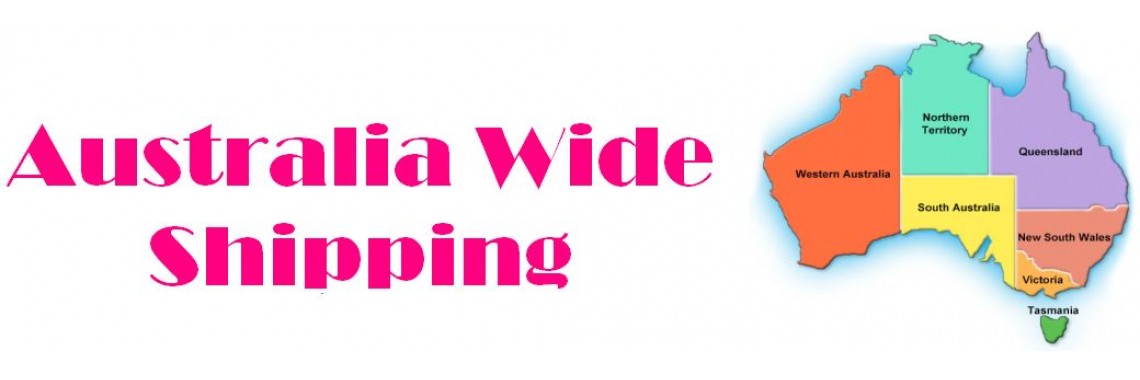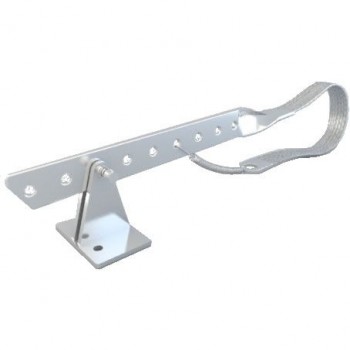MPS Marine Propeller Shaft Stainless Steel Grounding Strap (MPS.SS07)
MPS Marine Propeller Shaft Stainless Steel Grounding Strap (MPS.SS07)
Marine Propeller Shaft Stainless Steel Grounding Strap (MPS SS07)
overview
Marine Propeller Shaft Stainless Steel Grounding Strap (MPS.SS07)
The Shaft Grounding Strap electrically connects a vessels drive shafts to the Vessel Bonding System and further reduces the incidence of galvanic corrosion on expensive metal drive parts.
-
Unmatched surface area connection to shafts
-
Tinned copper braiding strap and back up bonding connection.
-
316 marine grade stainless pivot arm and mount
-
11 positioning holes to suit most drive shafts
-
Spring loaded locking pins for easy adjustment
-
Spring tension for easy installation and use
How It Works
A vessel bonding system connects each of the submerged metal parts allowing their individual electrochemical potential to be grounded via the circuit. The Shaft Grounding Strap is installed to provide an efficient connection between shafts and the bonding circuit. Your transom mounted Maddox anode is also connected to this circuit which enables it to sacrifice itself and protect the submerged metal parts.
Installation Instructions
Shaft Grounding Strap should only be installed by persons competent in fitting, maintenance or repair of marine vessels. Ensure all component parts are available. Find a location on the exposed stainless steel shaft which is free from any rotating parts or couplings and in close proximity to a suitable hull or other mounting location. Clean the shaft with a dry soft cloth to remove any residual material. Wrap the braided strap over the shaft in the same direction as the shaft rotation when in drive. Ensure the strap is not over tightened. Strap should have greater than 50% connection to the circumference of the shaft. Mark the hull through the holes in the hull mounting bracket. Drill and secure the hull mounting bracket. Use a flexible adhesive to help secure the screws. Apply petroleum jelly supplied to lubricate the shaft strap. Do not use lubricants containing cutting agents such as marine grease or oil. Attach spring provided in to one of the 11 available holes to allow slack tension to the strap (see MPS website). Once you have the desired tension, fasten the stainless steel zip tie (included) through the hole on the strap and any hole on arm bar. Do not pull the zip tie tight. Ensure connection to the greater Vessel Bonding System. MPS recommend that the shaft Grounding Strap be tested for connection by a qualified Marine Electrician using the MPS CP Monitoring and Test Kit.
Maintenance instructions
A visual inspection of the strap should be carried out regularly and lubricant re-applied during periods of frequent use and/or after bilge clean and mechanical maintenance. Fitting or maintenance not in accordance with MPS recommendations will void any product warranty.
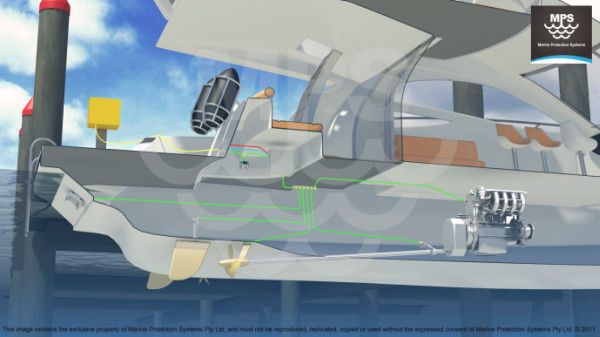
Cathodic Protection Bonding Systems provide for an electrical connection to carry low voltage galvanic current, simply wiring all the vessels below water metals together. The differing potentials (or voltage generated in water) are equalized. The integrity of the bonding system and the components used in the bonding system are very important to ensure that there are no deficiencies in the system.
There are many different compositions of wires and lugs used by Marine electricians. Some of these materials are not effective for use in a bonding system and as such the galvanic current is not carried. Additionally of there is a break in the bonding system such as a faulty connection or damaged wire it can also leave the vessel inadequately protected.
Some simple measures to consider when constructing a bonding system:
- Tinned copper cable (fine strand) is required for the bonding wires. Depending on the distance between connections and the metallic fitting connection, a 6mm2 to 10mm2 should be adequate.
- The eyelets for the bonding wire ends must be fabricated from electrical quality copper and then electro-tinned.
- High quality stainless steel 316 busbar.
- Through hull fittings should be matched to gate valves, for example a stainless steel 316 through hull fitting should have a stainless steel 316 gate valves. The use of dissimilar metals (for example a stainless steel through hull fitting with a bronze gate valve) promotes galvanic activity.
This material remains the exclusive property of Marine Protection Systems Pty Ltd and must not be reproduced, replicated, copied or used without the expressed consent of Marine Protection Systems Pty Ltd © 2011
Ref: Tips for Bonding Your Vessel – Marine Protection Systems
specification

